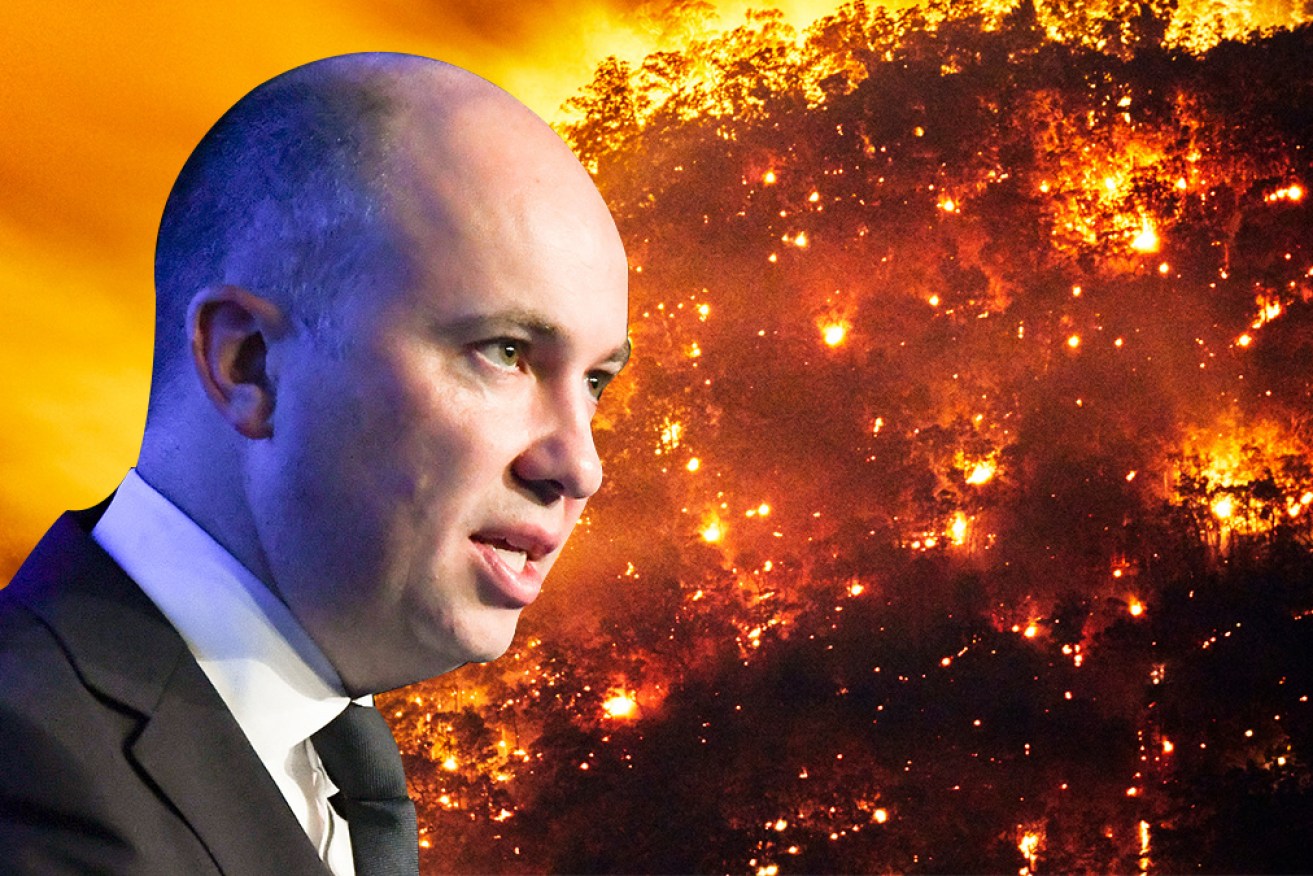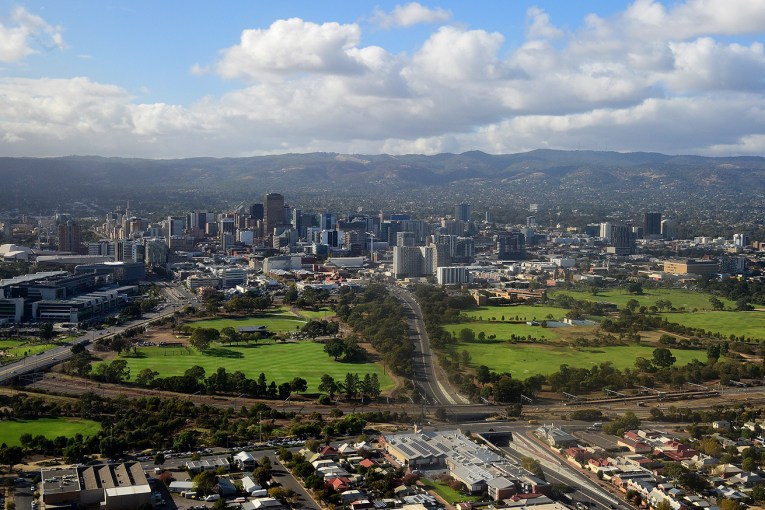Energy experts push for carbon price as Liberals soften climate stance


NSW Environment Minister Matt Kean has broken ranks on the Liberal Party's climate policy. Photo: The New Daily
As Sydneysiders coughed and spluttered through “hazardous” levels of smoke on Wednesday, politics showed signs of catching up with reality.
After initially refusing to link unprecedented bush fires to climate change, the Liberal Party started listening to the science.
New South Wales Environment Minister Matt Kean was the first to break ranks.
The day after former prime minister Malcolm Turnbull described the government’s approach to climate change as “nuts”, Mr Kean told an energy summit on Tuesday that the current situation was “not normal and doing nothing is not a solution”.
Australia must treat climate change as a matter of science, rather than one of religion, Mr Kean told the ABC’s Hamish Macdonald the morning after.
And federal Environment Minister Sussan Ley offered a similar take.
“The dryness of the vegetation, particularly in the north of NSW, and the reduced streamflow is creating unprecedented [conditions],” she told ABC Radio Sydney.
“That’s what climate science has told me and I completely agree with it.”
That the Liberal Party is softening its stance on climate change is not only great news for the environment, it makes good business sense, too.
For starters, generating power from renewable energy is already cheaper than building new coal stations.
It’s still a little pricier than generating power from existing coal stations, but professional services firm EY believes that could change as soon as next year.
And renewable prices would drop even faster, if the government agreed upon a national energy policy.
This is because a concrete energy policy would provide the market with greater certainty, according to Ken Baldwin, director of The Australian National University’s Energy Change Institute.
“If we were to have an alignment of climate and energy policy, then the economics of renewables would be even better, because there would be more certainty, and this would drive down the cost of financing renewables,” Professor Baldwin told The New Daily.
“It’s not the case that industry should just be allowed to get on with it. They would be able to deliver energy at a cheaper price, if there was government policy to align climate and energy policy.”
Tweet from @ellenmfanning
In 2017, Professor Baldwin found that existing black coal stations produce energy at a cost of less than $40 per megawatt hour, while wind produces energy at a cost of $60 to $70 per megawatt hour.
He said little had happened since then to affect these figures, which show the cost of renewables are already lower than the Finkel Review’s projected price for new coal stations ($75 per megawatt hour), and much lower than the CO2 Cooperative Research Centre’s projected cost for new coal ($84 to $94).
This is important, as coal stations have a typical shelf life of 50 years, and nine of Australia’s 12 biggest coal stations have been operating for longer than 30 years.
That so many coal stations are nearing closure helps to explain why Australia is expanding its renewable energy capacity 10 times faster than the world average, on a per capita basis.
This is three times faster than Germany. But Professor Baldwin says we would be doing even better if the government stepped in to help.
“The barriers are government policy around how they incentivise storage and how they incentivise more transmission to make the renewable energy installations work better,” he said.
“There is a clear role for government … [to make sure] we don’t pay over the odds for the additional storage and additional transmission that will be needed for a renewable energy penetration exceeding 50 per cent.”
Tweet from @_slangers
The other part of the equation is reducing our dependence on fossil fuels – though the transition must be managed in a way that treats coal workers fairly.
The best way of achieving that would be to introduce a price on carbon, according to Tony Wood, director of the Grattan Institute’s energy program.
He told The New Daily that renewable energy now comprises roughly 20 to 25 per cent of Australia’s current energy mix.
But steadily rising emissions in transport, agriculture and industry – save for a marginal drop caused by the ongoing drought – mean that Australia is on course to miss its 2030 emission reduction target.
The government is projecting emissions in 2030 to be 16 per cent lower than 2005 levels. The target is 26 to 28 per cent – though an accounting loophole could see them over the line.
“There’s nothing to cause those emissions to come down,” Mr Wood said.
“In the case of the electricity industry, the closure of old, high-emitting coal-fired power stations and renewable energy targets have been driven by policy, even though the Commonwealth government doesn’t have its own across-the-board emissions reduction policy.
“But the other sectors don’t have any constraint at all.”
Tweet from @RichardDiNatale
While an economy-wide carbon price is a difficult political sell, Mr Wood said it’s the best policy option on the table.
“Every tonne of emissions that people want to stick into the atmosphere has to be paid for, and [a carbon price] allows market participants to find the lowest cost way of doing it,” he said.
“And that’s by far the most efficient way of achieving the outcome.”








